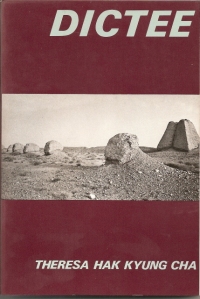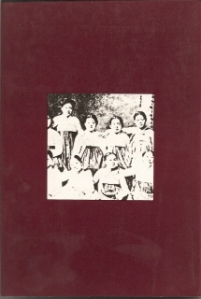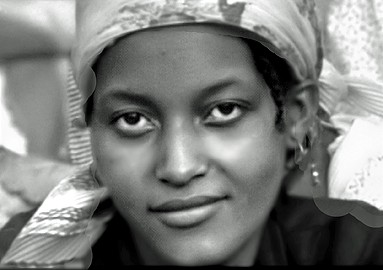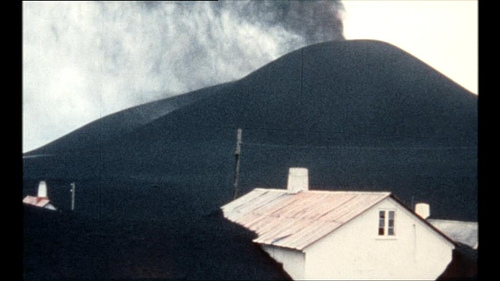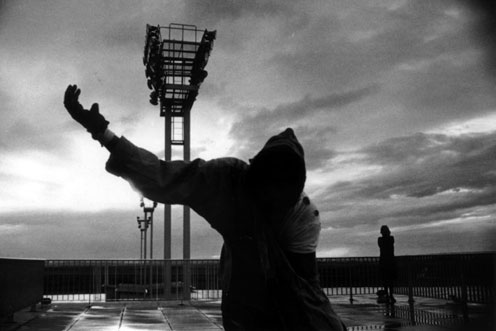On Your Marker, Get Set, Go!
It’s Chris Marker time in London. The exhibition “Chris Marker: A Grin Without a Cat” opens April 16, 2014 at the Whitechapel Gallery. I can’t imagine many better ways of spending time this spring than absorbing everything in this exhibition. Below is the exhibition description and program information from Whitechapel’s website.
Visionary French filmmaker Chris Marker (1921–2012) created vivid film-essays that lace realism with science fiction and lyricism with politics. Changing his name, declining to be photographed or interviewed, Marker was both enigma and legend. His influence extends across art, experimental film and mainstream cinema: his 1962 masterpiece La Jetée was the basis of Terry Gilliam’s 1995 Twelve Monkeys.
A photographer and director of 60 films, Marker was an inveterate traveller – his camera was his eye. His astonishing range of footage can encompass a temple in Tokyo devoted to cats to frozen flowers in a Siberian science station. Marker pictures our cultural rituals, ancient and modern – visiting a shrine, playing video games, protesting on the streets. He splices his images with found footage including fragments of movies, cartoons, ads and newsreels. Musical scores are interwoven with the noises of everyday life; haunting commentaries are narrated as if from the future, meditating on history and memory. ‘I compare dreaming to cinema and thinking to television’.
Darkness also underlines Marker’s portrayals of planetary cultures – memories of war ravaged France, the brutalities of colonialism, the failures of revolution. This exhibition takes us on a journey through the themes that absorbed him –the museum, travel, film, revolution and war. We also encounter portrayals of his friends including Christo, Roberto Matta and Andrei Tarkovsky. Great classics such as Statues Also Die (1953), Le Joli Mai (The Merry Month of May) (1962), A Grin Without a Cat (1977), Sans soleil (Sunless) (1982), Zapping Zone (Proposals for an Imaginary Television) (1990–94), alongside photographs and bookworks offer a sequence of multi-media environments saturated with sound and image.
Admission free.
Exhibition co-curated by Christine van Assche and Chris Darke.
The exhibition is accompanied by a fully illustrated catalogue. It includes key essays by the curators; Christine van Assche, Chief Curator, Centre Pompidou, Paris, writer and film critic Chris Darke, and Whitechapel Gallery Chief Curator Magnus Af Petersens; texts by critics Raymond Bellour and Arnaud Lambert; plus the first English translations of two key early writings by Marker, an essay on Jean Cocteau’s film Orphée (1950) and his short story “Till the End of Time” (1947).
Chris Marker Film and Event Programme
25 April Gallery Talk: Christine Van Assche on Chris Marker
26 April Talk: Christine Van Assche, Raymond Bellour and Chris Darke on Chris Marker
10 May Symposium: Chris Marker: In Memory, Part 1
15 May Film: Chris Marker: Early Years
18 May Film: Chris Marker: The Collection
22 May BSL Event: Dafydd Jones on Chris Marker
29 May Film: Chris Marker: Collaborations
1 June Film: Chris Marker: He Wrote Me…
12 June Film: Chris Marker: Time Travel
14 June Symposium: Chris Marker: In Memory, Part 2
19 June Gallery Talk: Chris Darke on Chris Marker

